Why every artist needs a secret sketchbook, according to character creator Greg Baldwin
The Lost Bear Studios founder tells us how he creates his character designs and shares some tips for budding artists.
For two decades, Greg Baldwin has focused on creating extraordinary characters across many industries, from film and television to video games and comics – always pushing a passion for storytelling and designing memorable characters. The founder of Lost Bear Studios and co-founder of Creature Box has worked on projects as diverse as Disney’s Moon Girl and Devil Dinosaur and PlayStation’s Ratchet & Clank.
We caught up with Greg to discover what lit the fire beneath his artistic ambitions, learn how he uses his sketchbook, and explore his wide array of mechs and quirky beasts. If you're inspired, see our pick of the best sketchbooks and the best pencils for artists.

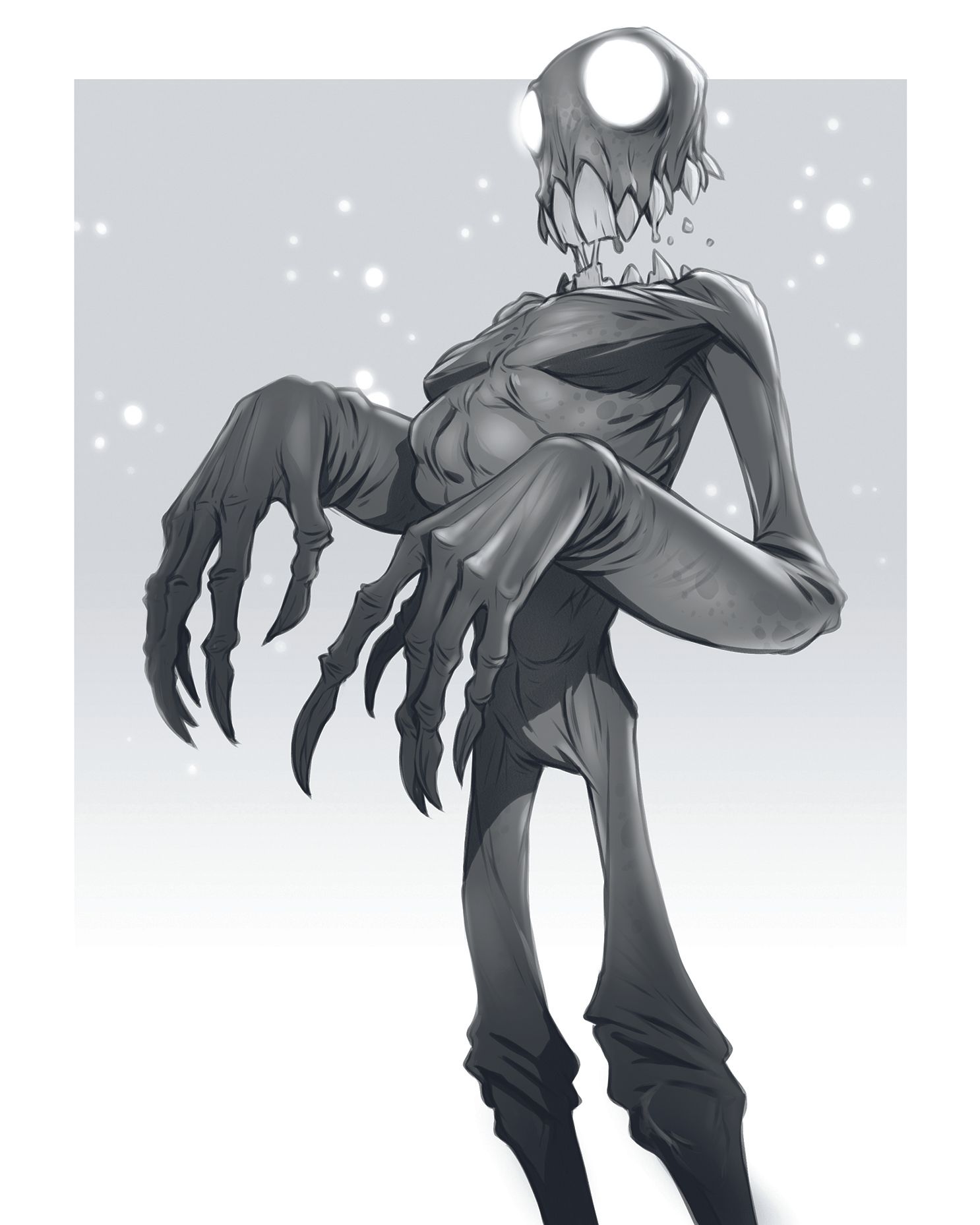
What inspired you to become an artist?
Becoming an artist wasn’t my first choice. I actually dreamed of being an animator for feature films, but even as a kid, I knew I didn’t have the patience to draw the same thing over and over. One day, I was at a friend’s house, and their older brother was playing Dungeons & Dragons with his friends. They were prepping their characters and he asked me to design his.
In exchange, he gave me Iron Maiden albums and Teenage Mutant Ninja Turtle comics. That’s the moment becoming a character designer latched onto me; I wasn’t interested in playing the game nearly as much as I wanted to be a part of creating it!
I started learning about all the amazing artists who created my favourite comic books, toys, games and films. I desperately wanted to be a part of it. Ever since then, I’ve been fixated on character and worldbuilding
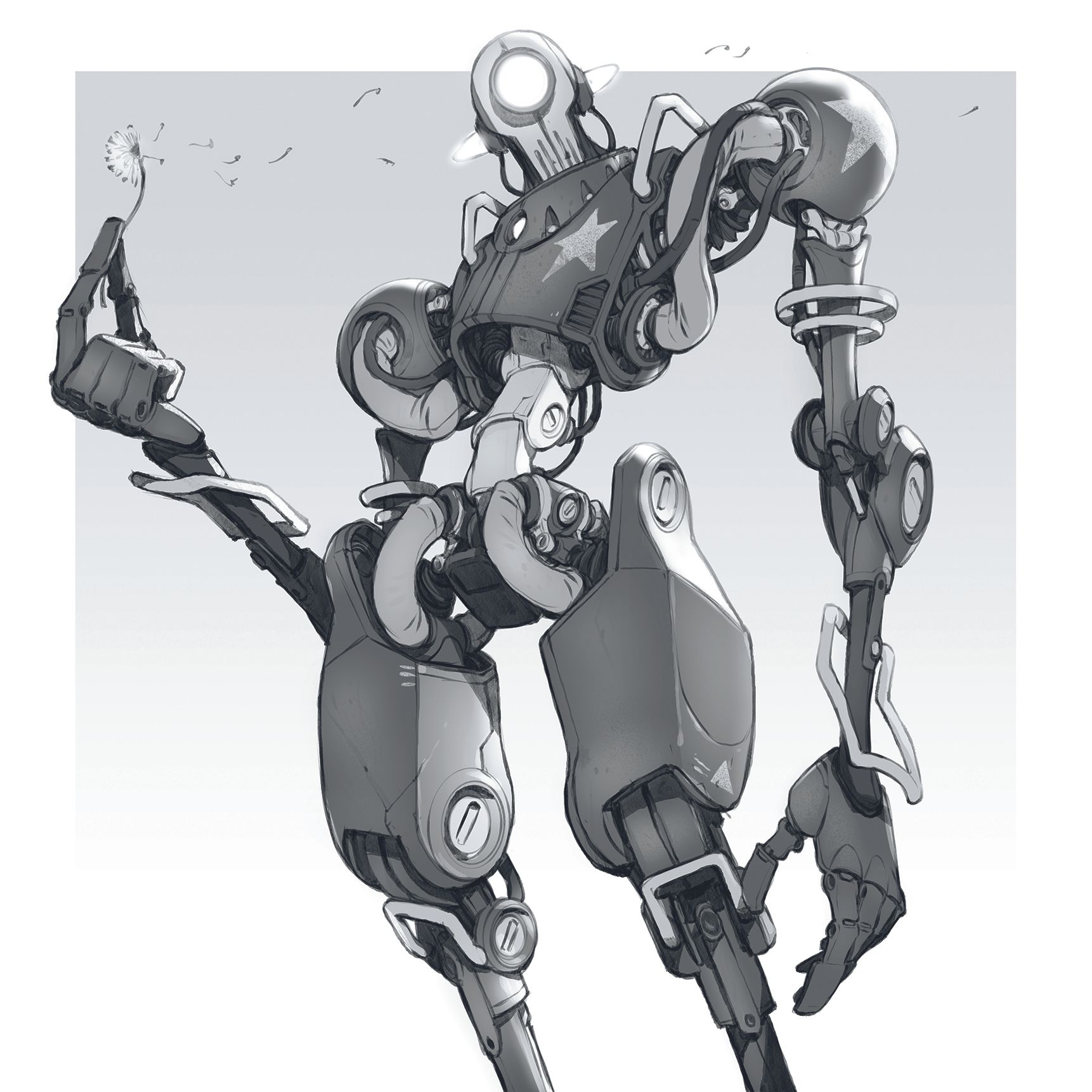
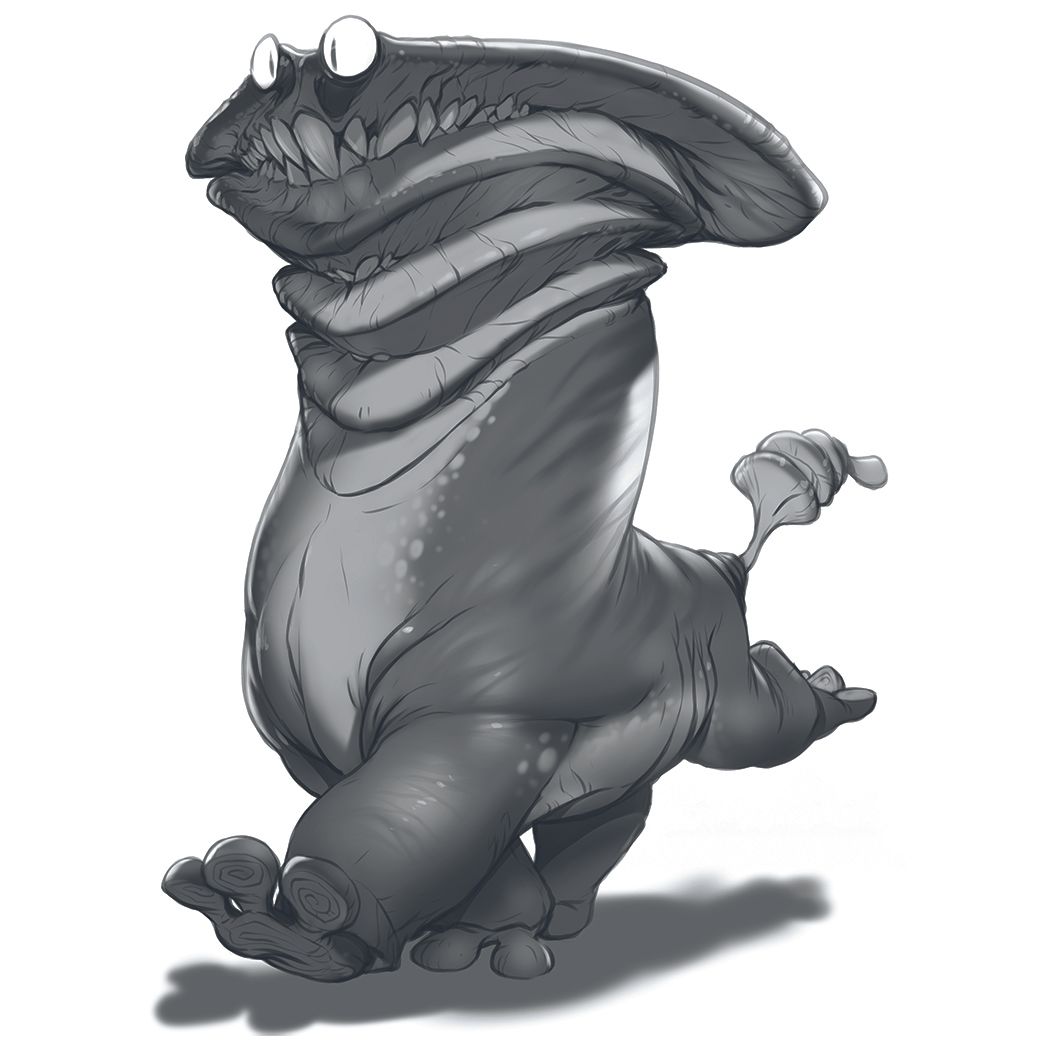
What role does your sketchbook play?
Sketching before I start my workday and working in my sketchbook is essential for me to keep pushing myself as a designer. I draw from life almost every day.
Most importantly, I find that exploring new ideas, forms, and materials – anything that grabs my attention – helps me build a repository of elements I can use when creating new characters or designs. Being comfortable drawing as many things as possible lets me focus on the design itself rather than getting bogged down with how to draw specific aspects.
I think sketching and being in my sketchbook is the number one part of my practice that lets me focus on the design itself, unhindered. Investing in my process to continue to improve both my skills and thought process is basically an artists’ way of training at the gym. It can be tough to get motivated, but once you get started things will start to flow.
I really love to draw my dog, he’s probably what I draw most, and in turn my animal anatomy has become less reference-based, more instinctive, allowing me to focus on the idea.
Do you plan what you sketch, or draw more spontaneously?
Both. Lately, I’ve been more interested in using spontaneous and new ideas. As artists we face a lot of hurdles. There is so much incredible content being made every day, and it can be hard to stay relevant or feel like it’s possible to bring anything new to the table.
My personal solution is to avoid stagnation and constantly push my comfort level. The sketching process allows me to try out as many bad ideas as I can muster up before stumbling across a good one with very little risk of wasting time. Ruling out the bad ideas takes practice and helps to refine your personal taste for what it is you actually want out of your work.
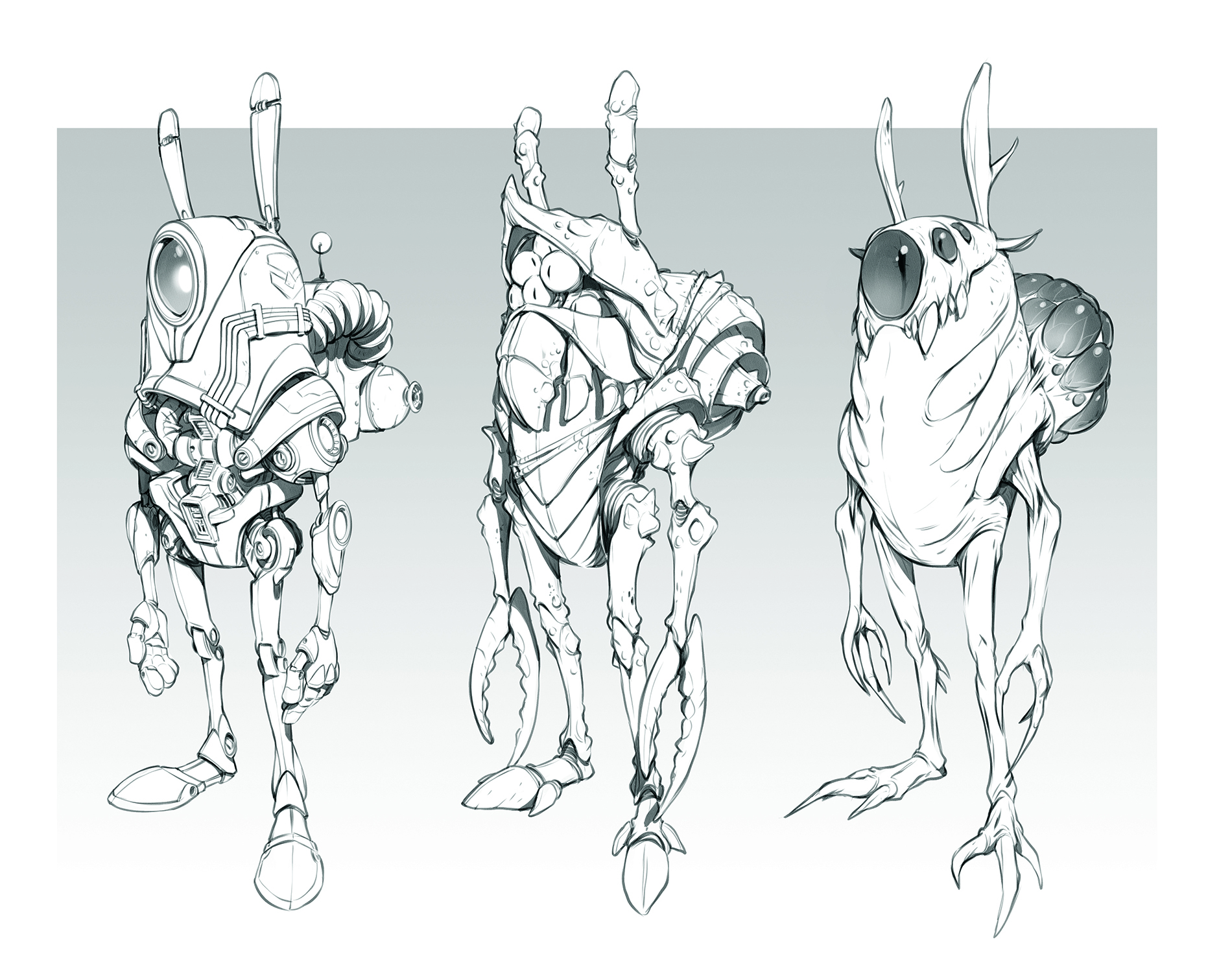
Do you find yourself returning to certain themes, or do you prefer to explore new areas?
I definitely return to the themes and genres I’m most excited by. I love monsters, zombies and robots. But these are just kernels for exploring new ideas.
If I want to focus on a unique shape language, a composition, a pose, or even an emotion, I can take a theme I’m comfortable with and use that as a starting point for the challenge I’m trying to work out. I always want to focus on the actual challenge and not be distracted by other aspects of the sketch. Trying to find something unique and fresh is hard enough!
Do you keep mistakes or sketches that you feel don’t work for you?
The truth is, I keep two sketchbooks, and I’d recommend this to any artist that I meet. One is for the sketches I wouldn’t mind somebody else flipping through, while the other is for my eyes only. It’s a hot mess that’s filled with terrible sketches, scrawls of illegible notes, and the occasional shopping list. It’s my safe place – a book of free thoughts uninhibited by what anyone else might think of them.
I love having a place where I don’t have to be performative; where I can fail miserably with no consequence. If something amazing comes out of it, great! But I don’t put that pressure on those sketches. It’s simply a safe place to draw like a kid again and make mistakes to my heart’s content.
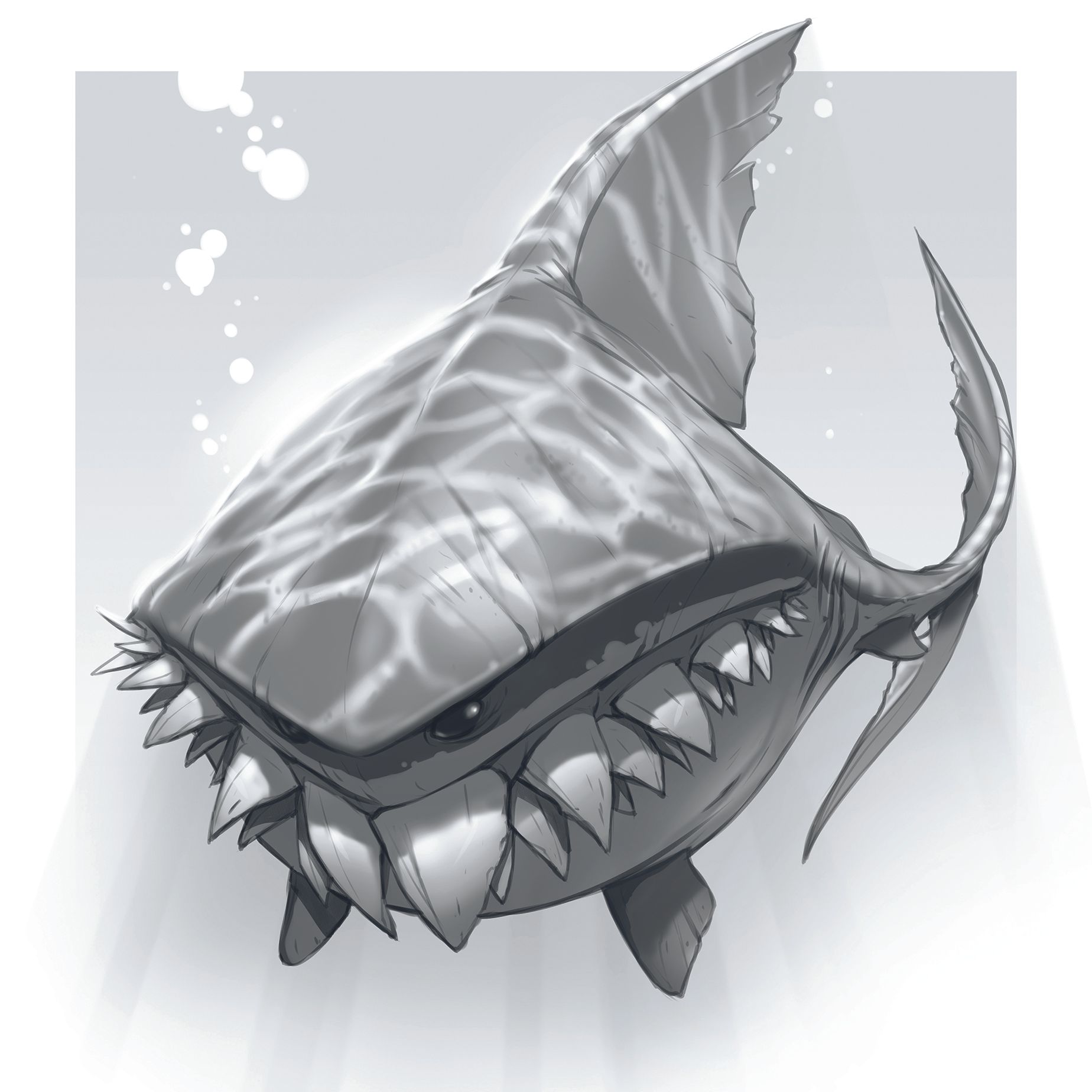

Are you ever surprised by what ends up on the page?
My sketching process is super organic. I usually start with something in mind; a subject or a pose I want to try out – something to get me into the page. But almost immediately I think, “If it comes too easily, it’s probably been done before.” Maybe it has, maybe it hasn’t, but it nags at me, and I force myself to explore further, finding the least obvious juxtapositions to see if I can make them work.
For me, the goal is to end up with something I haven’t seen before. I think that’s the most exciting part about making art and seeing other people’s art: being presented with something unexpected that feels like you’ve always been searching for it.
If someone flipped through all your sketchbooks, would they spot any changes in theme or style?
I think they’d notice a shift towards more organic, cleaner forms and shapes. Focusing on what makes something iconic and relatable has become a major point for me. Finding the most efficient way to express my ideas without any unnecessary fluff. I once had the chance to sit and talk with Chuck Jones, one of my absolute idols.
He mentioned how a budding artist might spend so much effort on drawing every little wrinkle and bump on a finger, while a seasoned artist could say the same thing with just a single line. That idea has stuck with me as an endless pursuit ever since. How can I say more with less?
Style for me isn’t something that you deliberately choose, it’s your interpretation of the world and how you choose to distil it down to the parts that you find most important. I think there are through lines in my work from the very start, aspects that linger in my art. I see them as the small success along the way in my career that I thought worked and continued to refine.
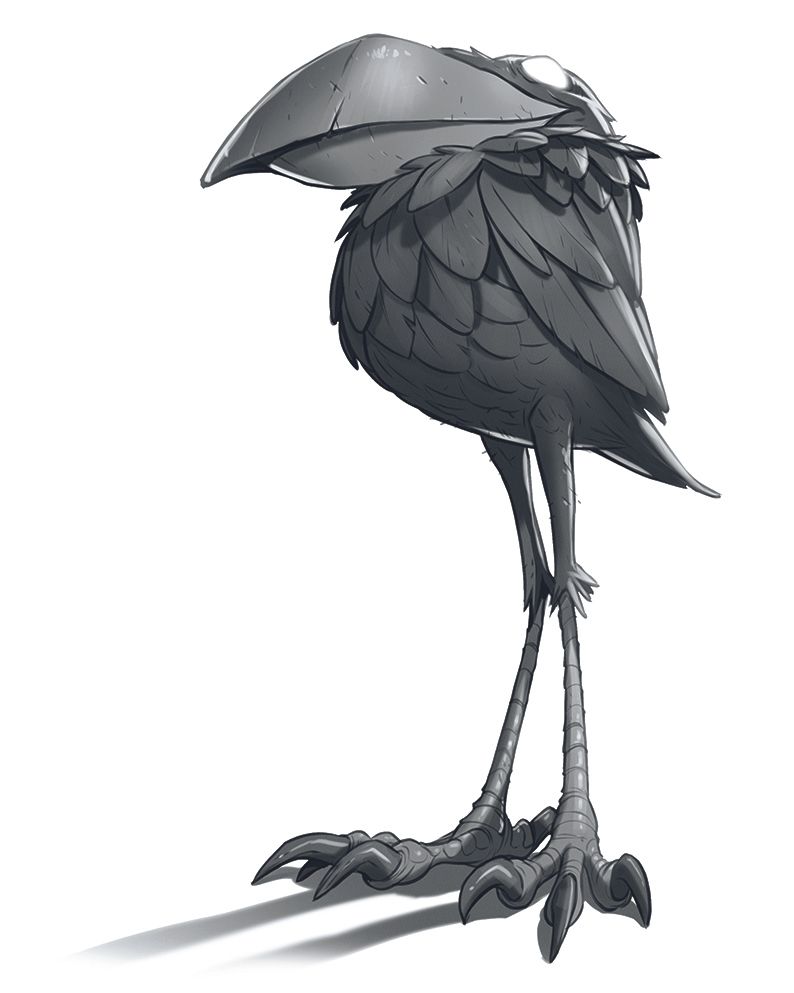
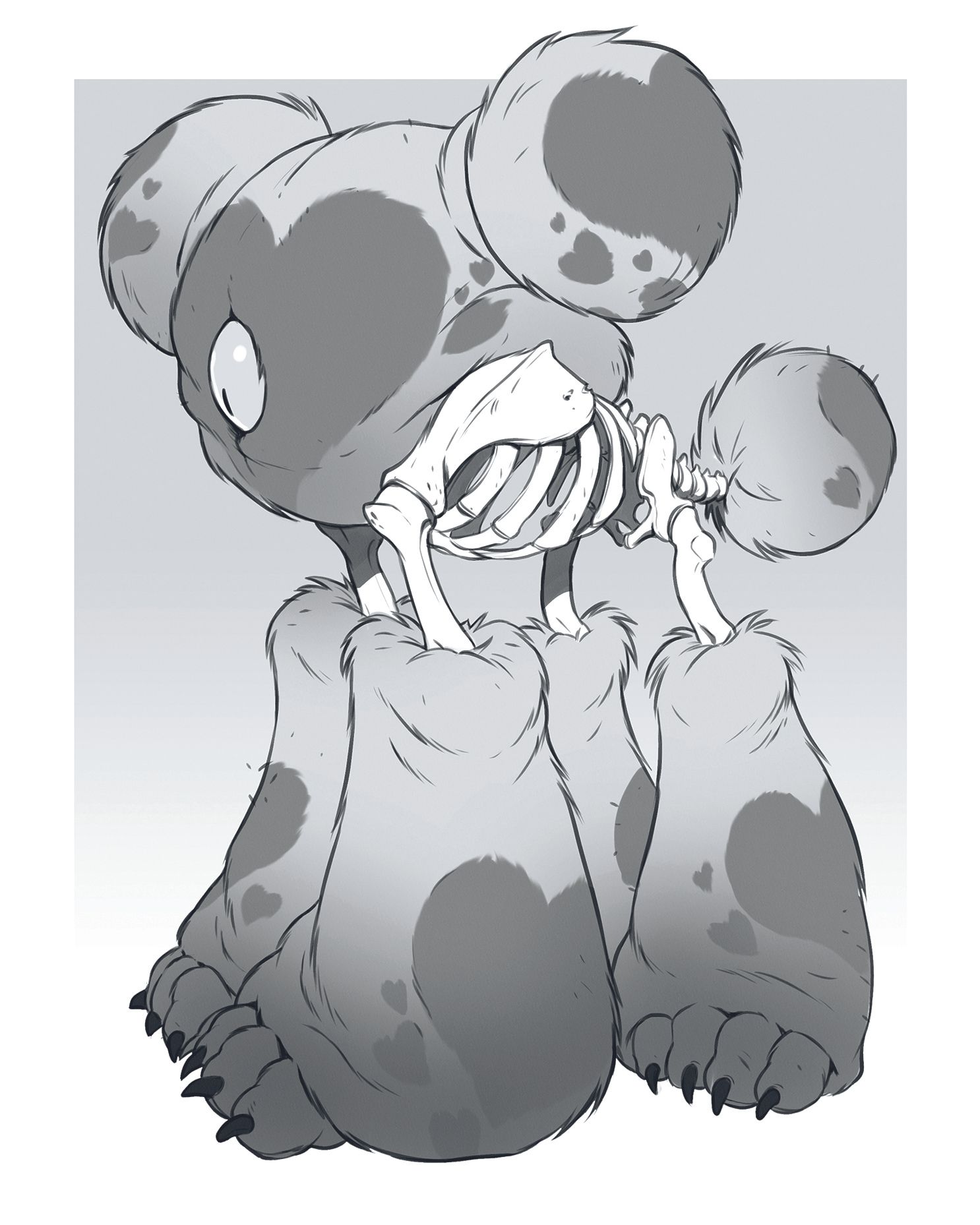
Do you do much worldbuilding with your sketches?
Worldbuilding, backstory and implied history are at the forefront of every sketch or final piece I create. When I was designing for video games, it was crucial to tell the player as much as possible about their location or the point of view of an enemy or NPC without having to record dialogue or add a cutscene.
The more we could imply and inform through the design, the more time we could spend on progressing the gameplay or story. As an artist, these aspects are exactly what we’re acting out in our heads as we get to know our surroundings or the character we’re designing.
How often does a quick idea or doodle end up developing into something more complete?
I definitely have my one-and-done concepts, but I try not to stop at my first idea. If I can design it too quickly, then the idea probably hasn’t been pushed as far as it could go. Iterating on an idea is all about ruling out the obvious solution. If the goal is to create something new and unique, it’s important to get those first ideas drawn and set aside as soon as possible so the unexpected solutions can be explored too.
Sometimes the first idea is still the best, but that can only be said with confidence after other ideas have been ruled out.

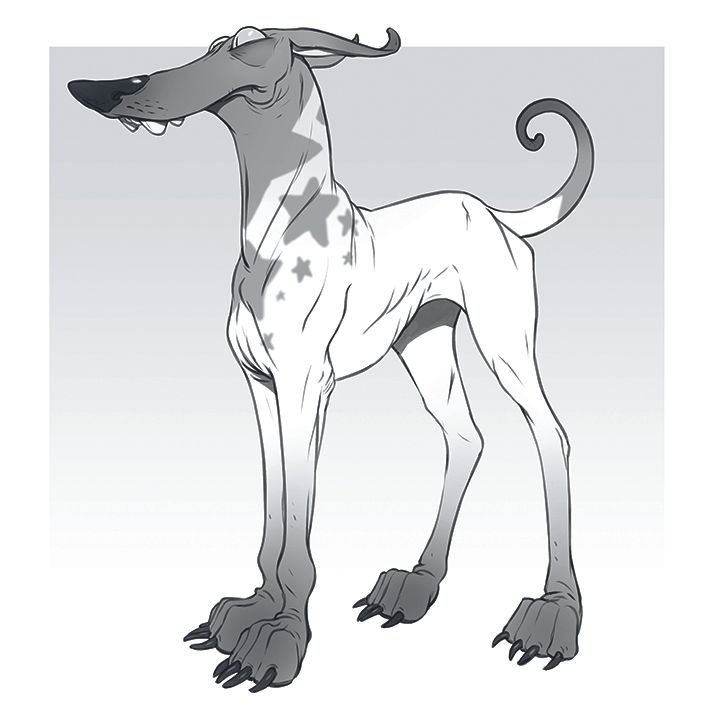
What other advice would you give new artists about using their sketchbooks?
Other than having a secret messy sketchbook, practise drawing from life for five minutes every day. I wanted to say an hour or so, but that was easy to justify skipping by blaming my busy day. But five minutes? There are no excuses! You can absolutely sketch a plant, your cat, your dog, your hand, or almost anything nearby.
At first it may feel awkward and meaningless, but over the course of a year or five, it will vastly improve your skills. It’s kind of crazy, but as it becomes more effortless, so does drawing more complicated pieces.
The by-product is that you fall in love with the strangest things: how the wing of a wasp shimmers, the way a pine cone is constructed, or even how your right pinkie finger has an interesting crook in it. And I love it, because it’s an investment made in ourselves, which these days is huge.
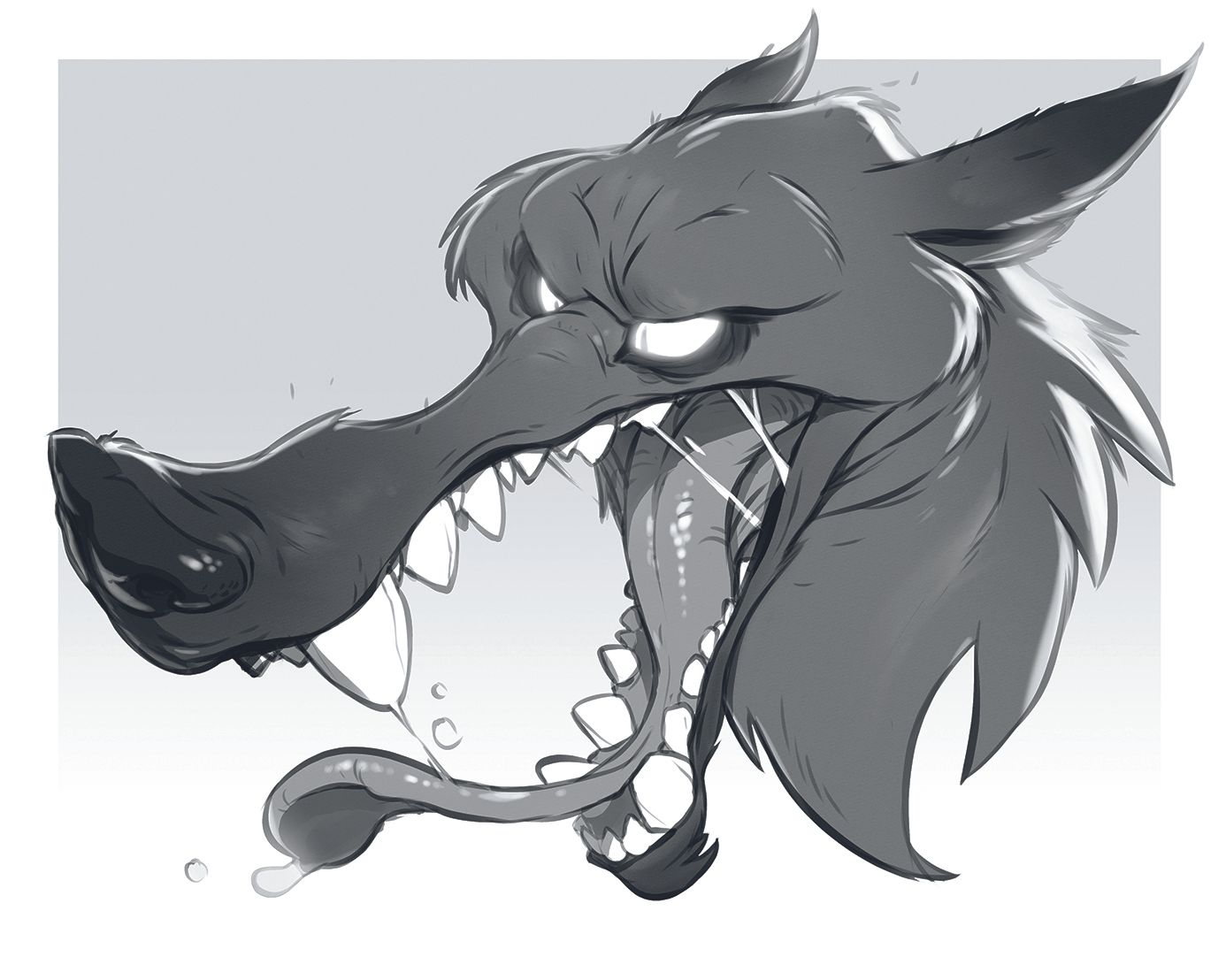
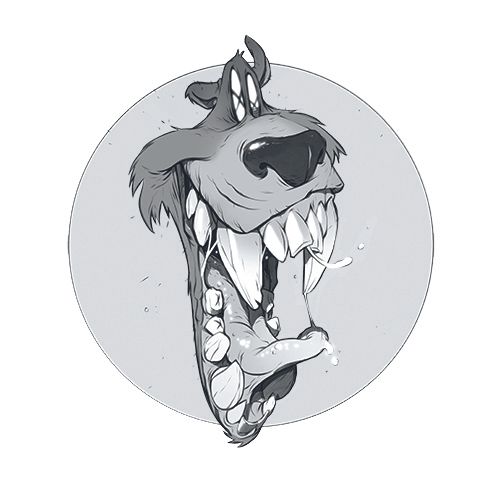
Greg's sketching tips
Use whatever works for you
Sketchbooks can be anything from fancy, beautifully bound books of premium paper to simple Post-it notes or a collection of paper scraps. I’ll often sketch digitally and save them in some dark corner hidden on my computer or iPad. Whatever feels comfortable is the right choice; it doesn’t have to be fancy. disappears, leaving just you and your sketches fighting the good fight.
This allows you to put your Sketchbooks can be anything from fancy, beautifully bound books of premium paper to simple Post-it notes or a collection of paper scraps. I’ll often sketch digitally and save them in some dark corner hidden on my computer or iPad. Whatever feels comfortable is the right choice; it doesn’t have to be fancy.
The best-case scenario is that the medium itself disappears, leaving just you and your sketches fighting the good fight. This allows you to put your entire focus on whatever challenge is set for yourself without being distracted by the tools you’re using. Whether you’re doodling on a napkin or creating detailed drawings on a tablet, the important thing is executing an idea to the best of your abilities.
Over time, these sketches can evolve into bigger ideas and projects. So don’t worry about the medium – just keep sketching and let your creativity flow.
Daily design news, reviews, how-tos and more, as picked by the editors.
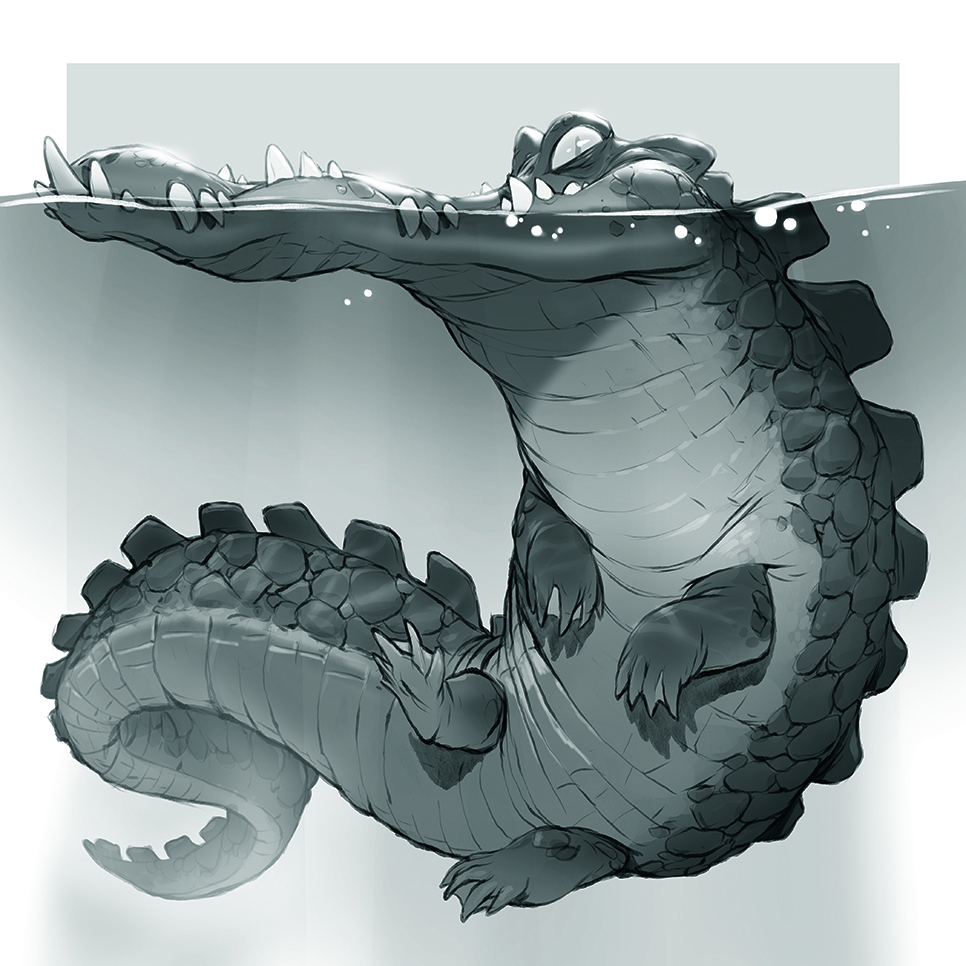
Sketch every day
Sketching is essential to my daily routine, much like my morning coffee. I make it a point to sketch every day, even if it’s just for a few minutes. This practice serves as a warm-up, helping to ignite my creativity. I liken it to a workout for the brain.
A recent habit I’ve settled into is splitting my time. Often at the end of a long day, I’ll have had a few ideas pop into my head that I want to explore, but I’m too tired or have other life events to focus on.
So I’ll messily sketch them out in a few minutes, then set them aside until the next morning. With fresh eyes and time to explore, I revisit the sketches and see if anything stands out as something to take further. This method allows me to stay objective about random ideas and then use my refreshed morning mind to delve into whatever I think might work. It’s yielded some of my favourite ideas
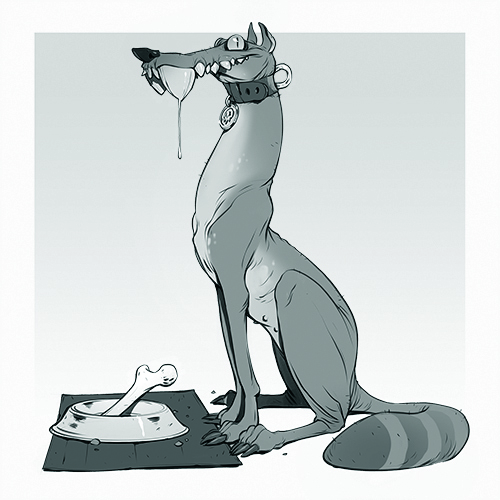
Considering the wider setting
When I’m creating designs for a video game or just sketching on my own, I like to create backstories and histories for my characters and settings. Establishing these consistent rules and boundaries within a world makes it easier to come up with new ideas.
Starting with a blank canvas can be intimidating, but having an established context helps to spark solution-oriented thinking and can lead to some creative results. By defining the parameters of the world, I can focus on developing unique, interesting elements that fit within those boundaries.
If a setting is inhabited by purely mechanical creatures, that gives me a great place to start. This approach not only streamlines the creative process, but also ensures a cohesive and well thought-out final product.
Whether I’m working on a large-scale project or just doodling for fun, having a framework in place allows me to explore fresh new ideas and push the boundaries of my creativity.
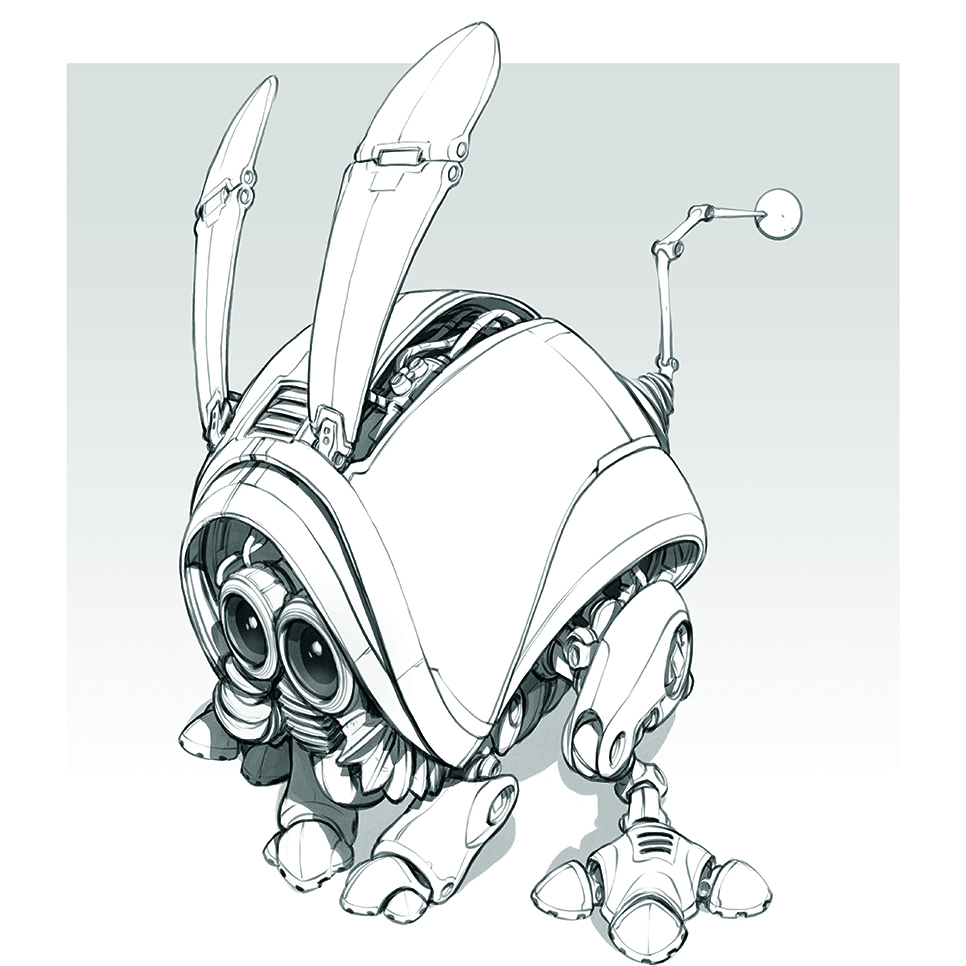
You can see more of Greg's work at the Lost Bear Studios website.
For more inspiration, see our recent interview with book cover author Dan dos Santos about the importance of sketching.
This article originally appeared in ImagineFX. Subscribe to ImagineFX to never miss an issue. Print and digital subscriptions available.

ImagineFX is the No.1 selling digital art magazine for fantasy and sci-fi enthusiasts! Featuring digital and traditional drawing skills, game design, manga and film art each issue is crammed with training and inspiration from leading artists in their fields. Whether it's learning from comic art's Adam Hughes, fantasy art's John Howe, or digital painting's Loish, ImagineFX has you covered. ImagineFX has been inspiring artists for over 15 years!
You must confirm your public display name before commenting
Please logout and then login again, you will then be prompted to enter your display name.
